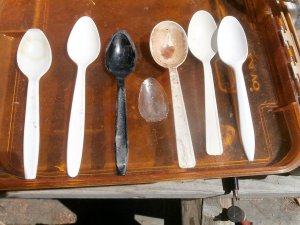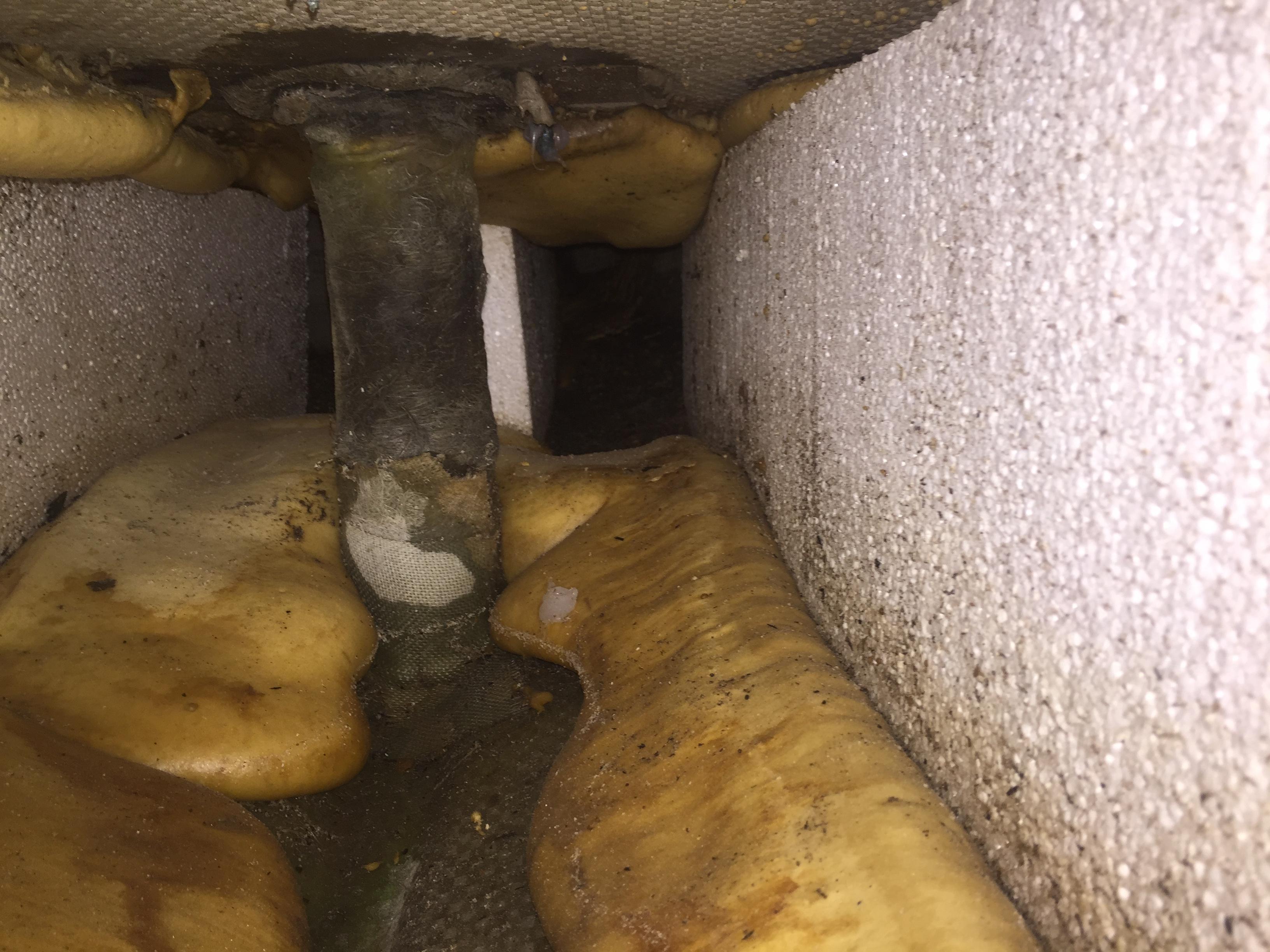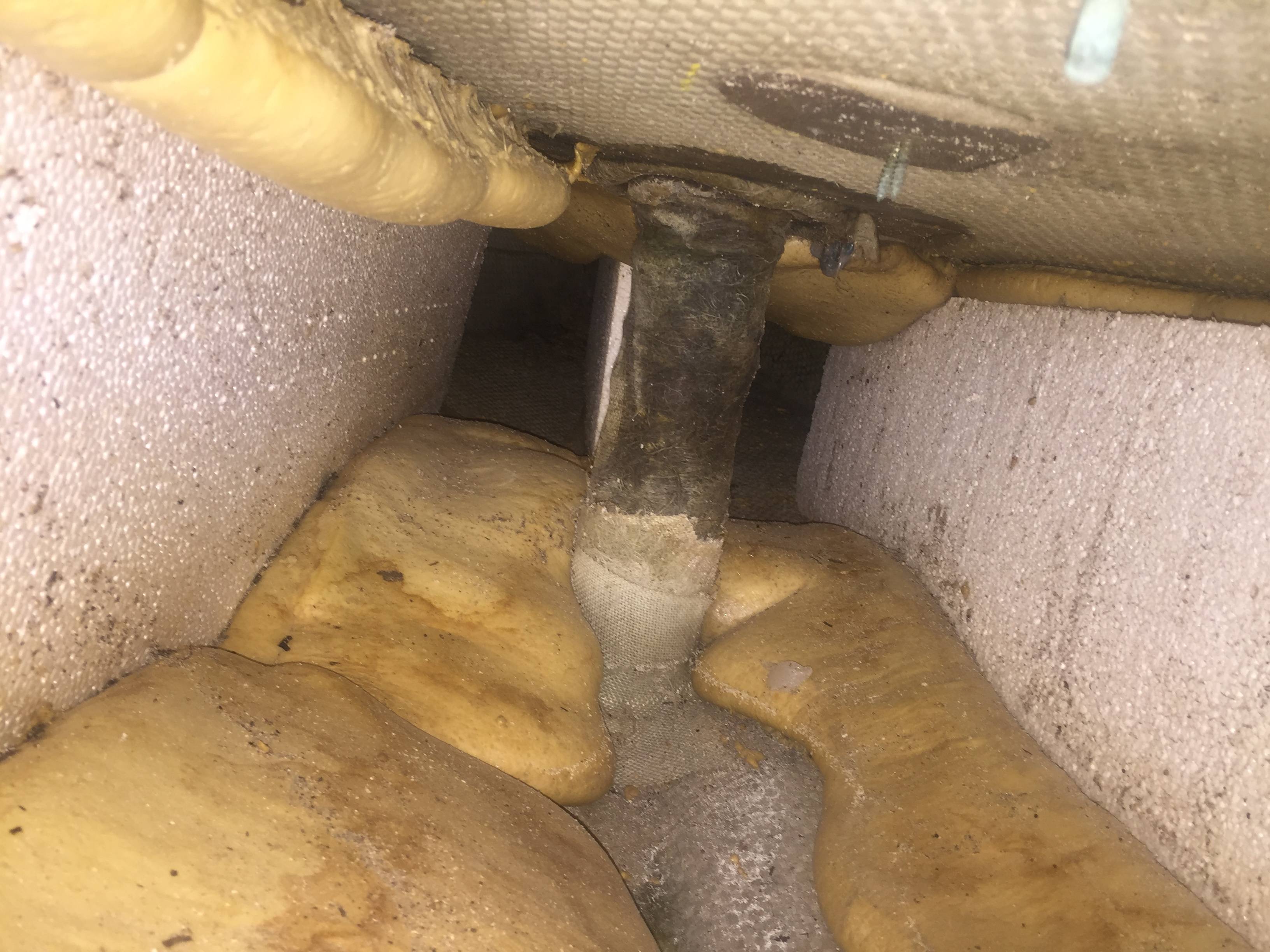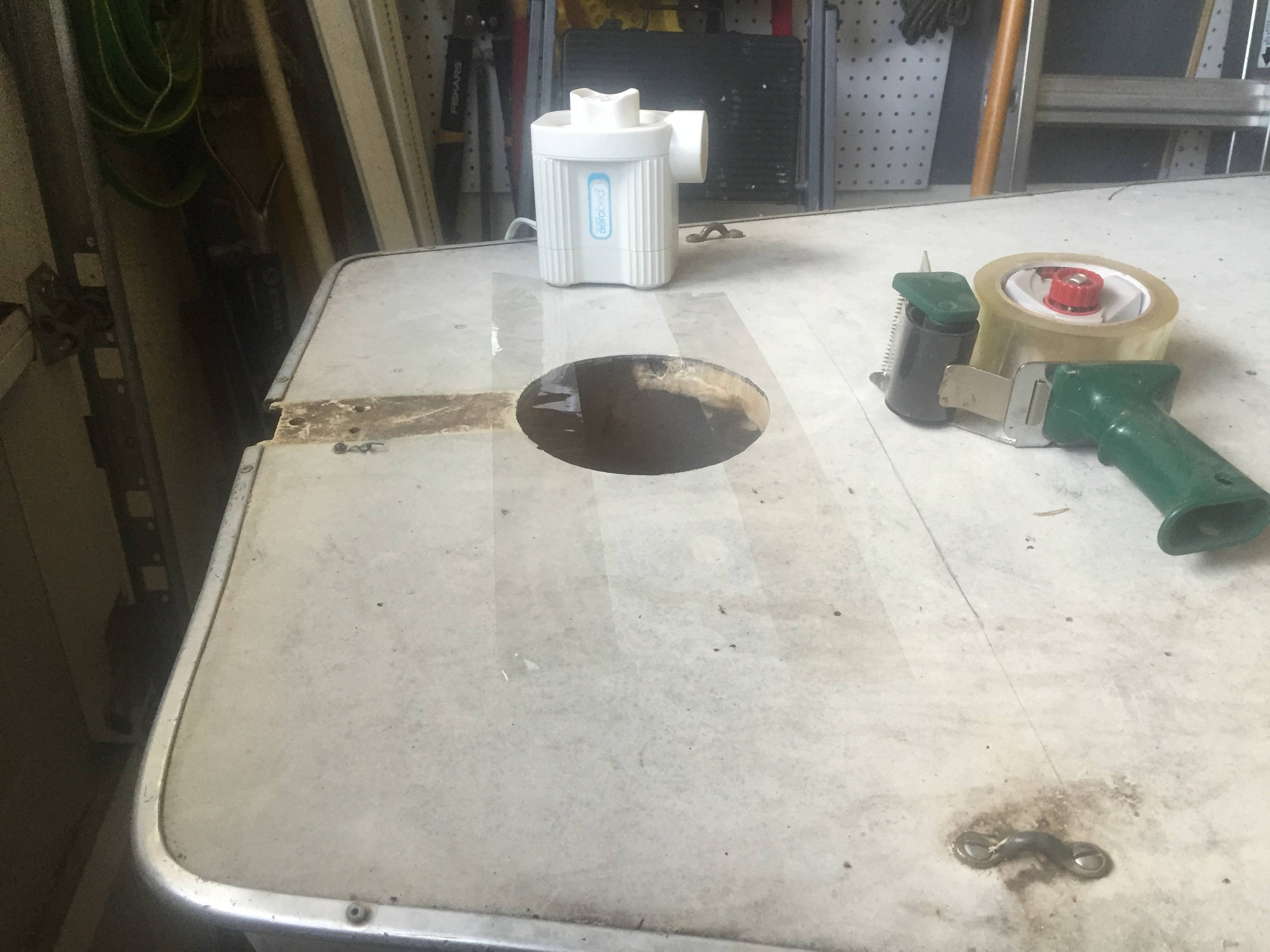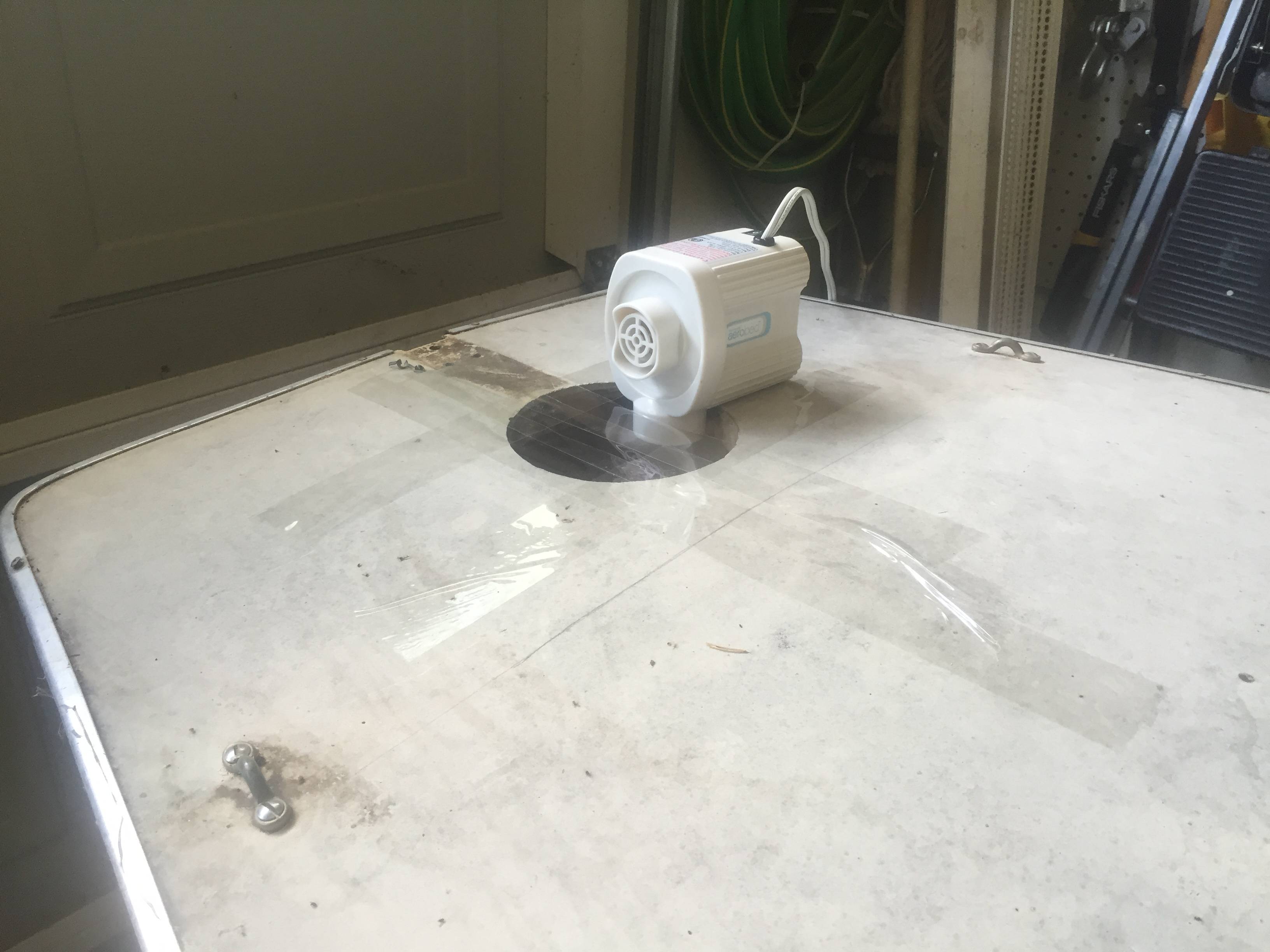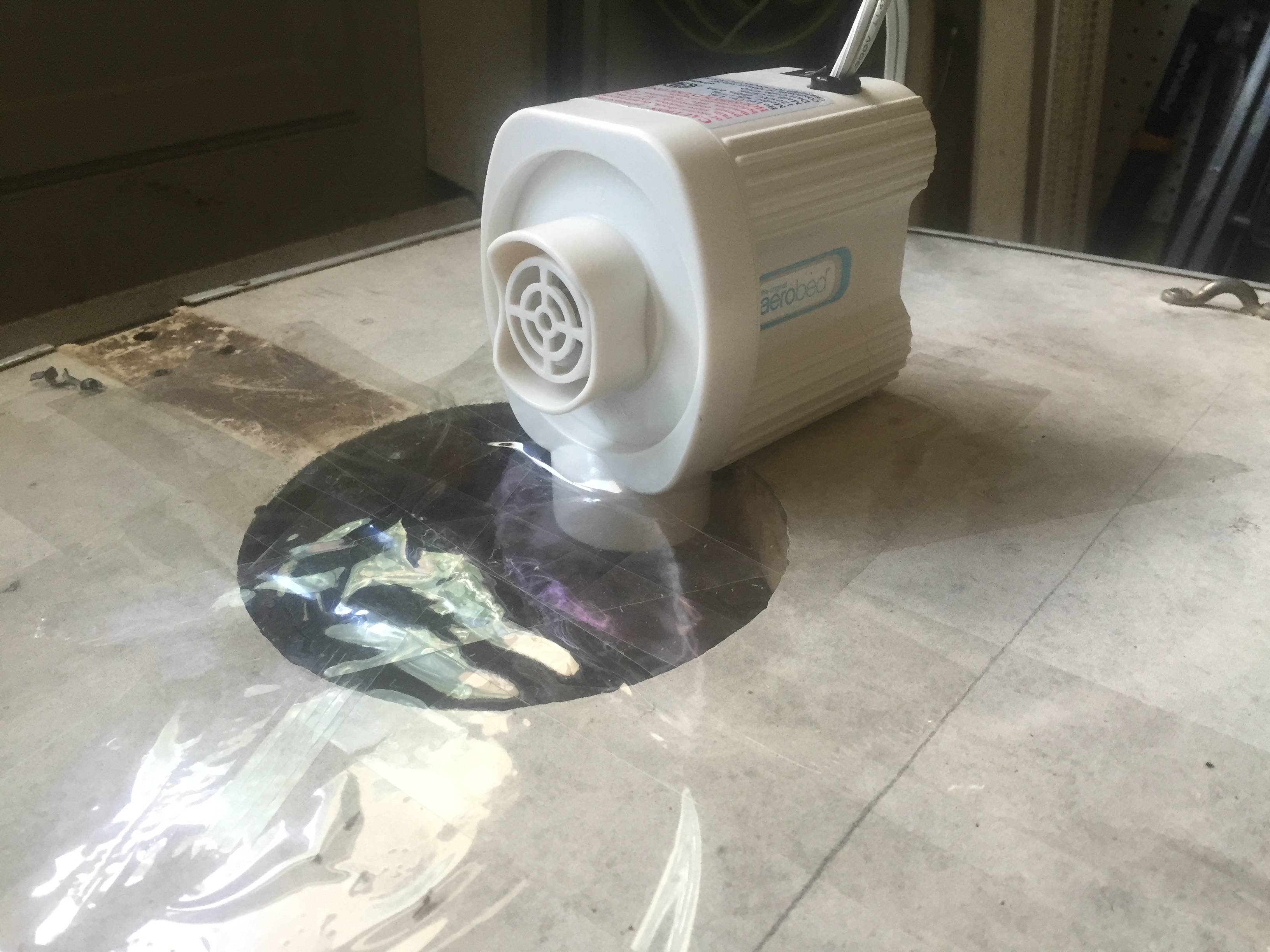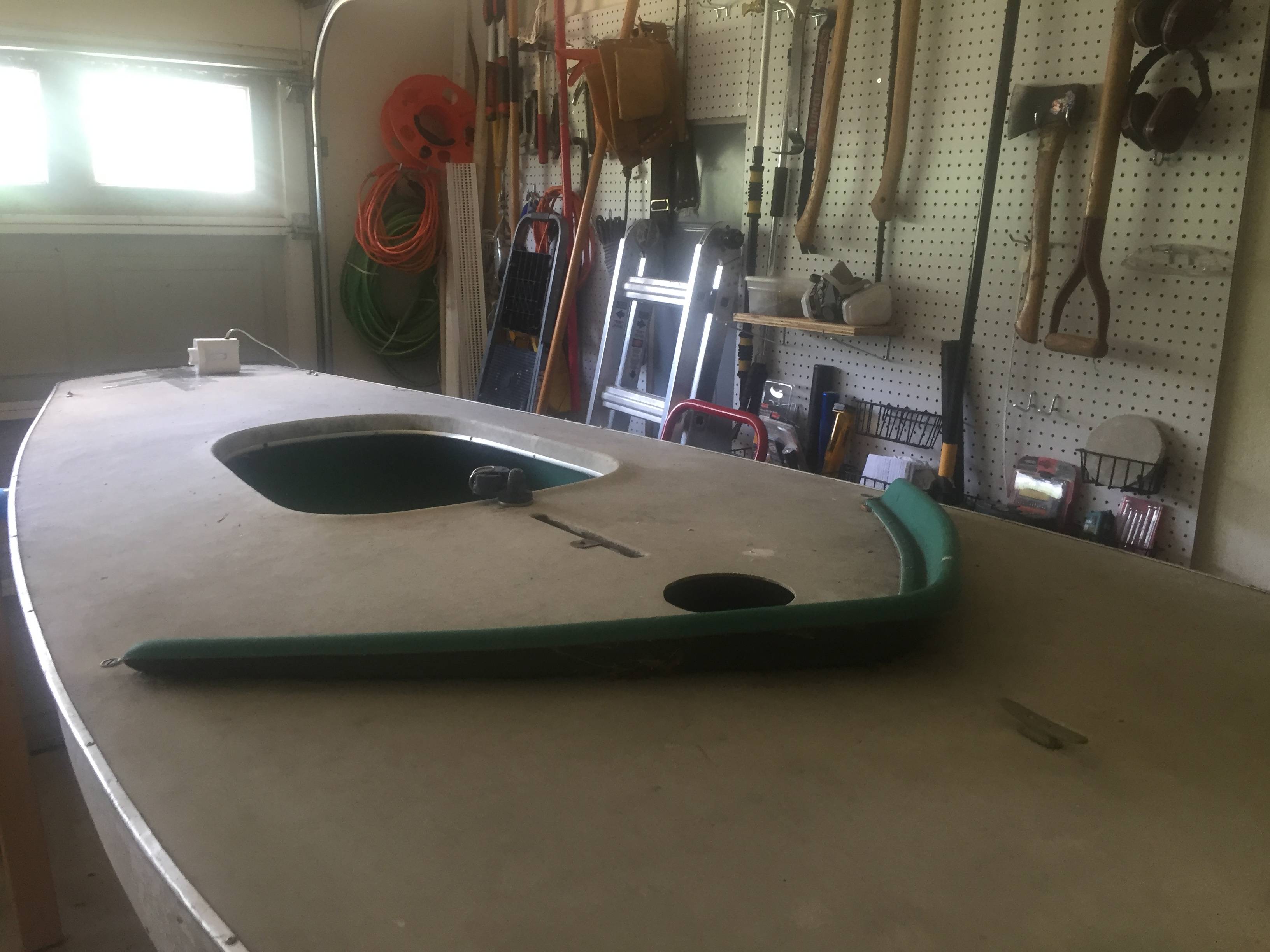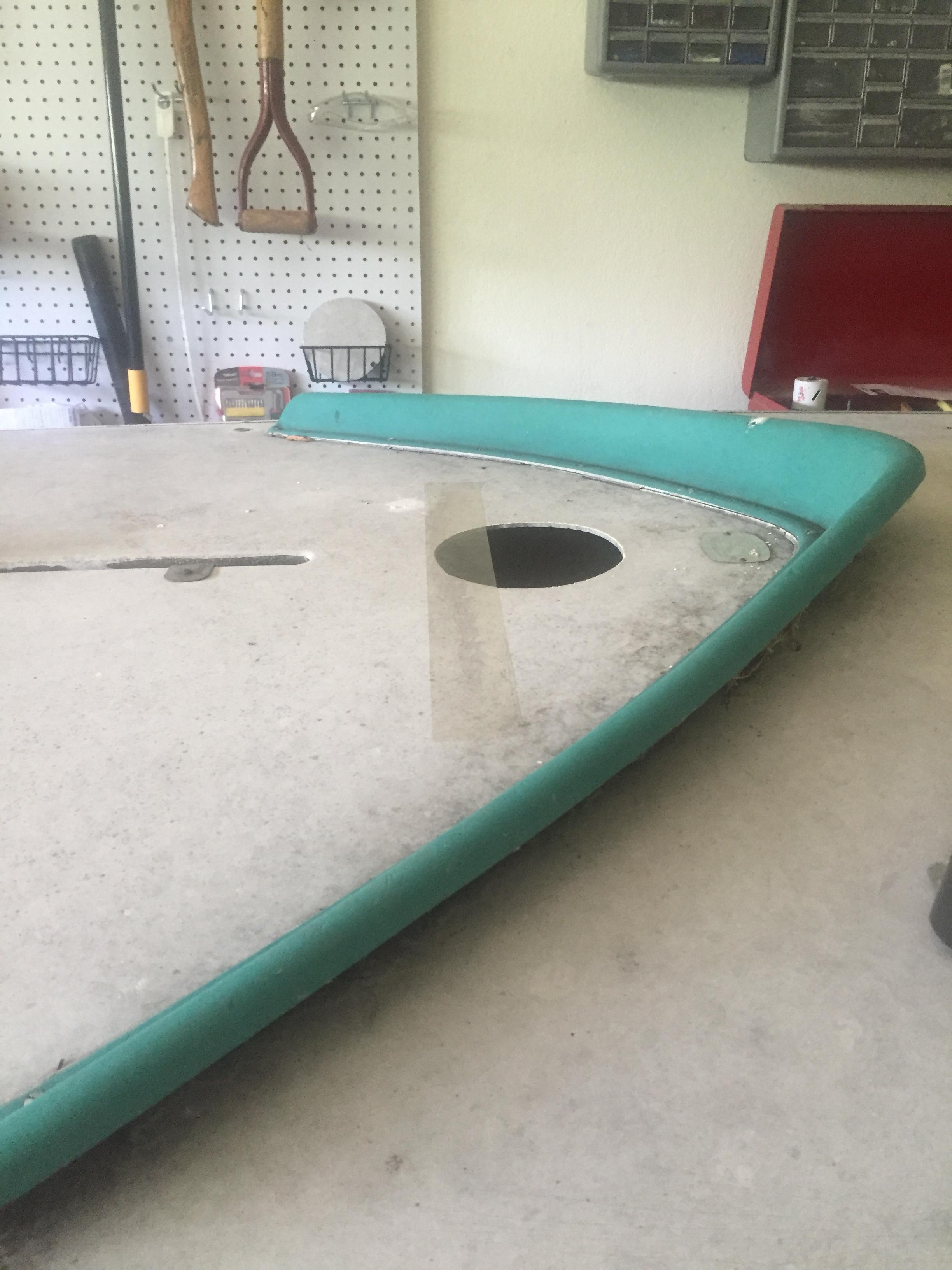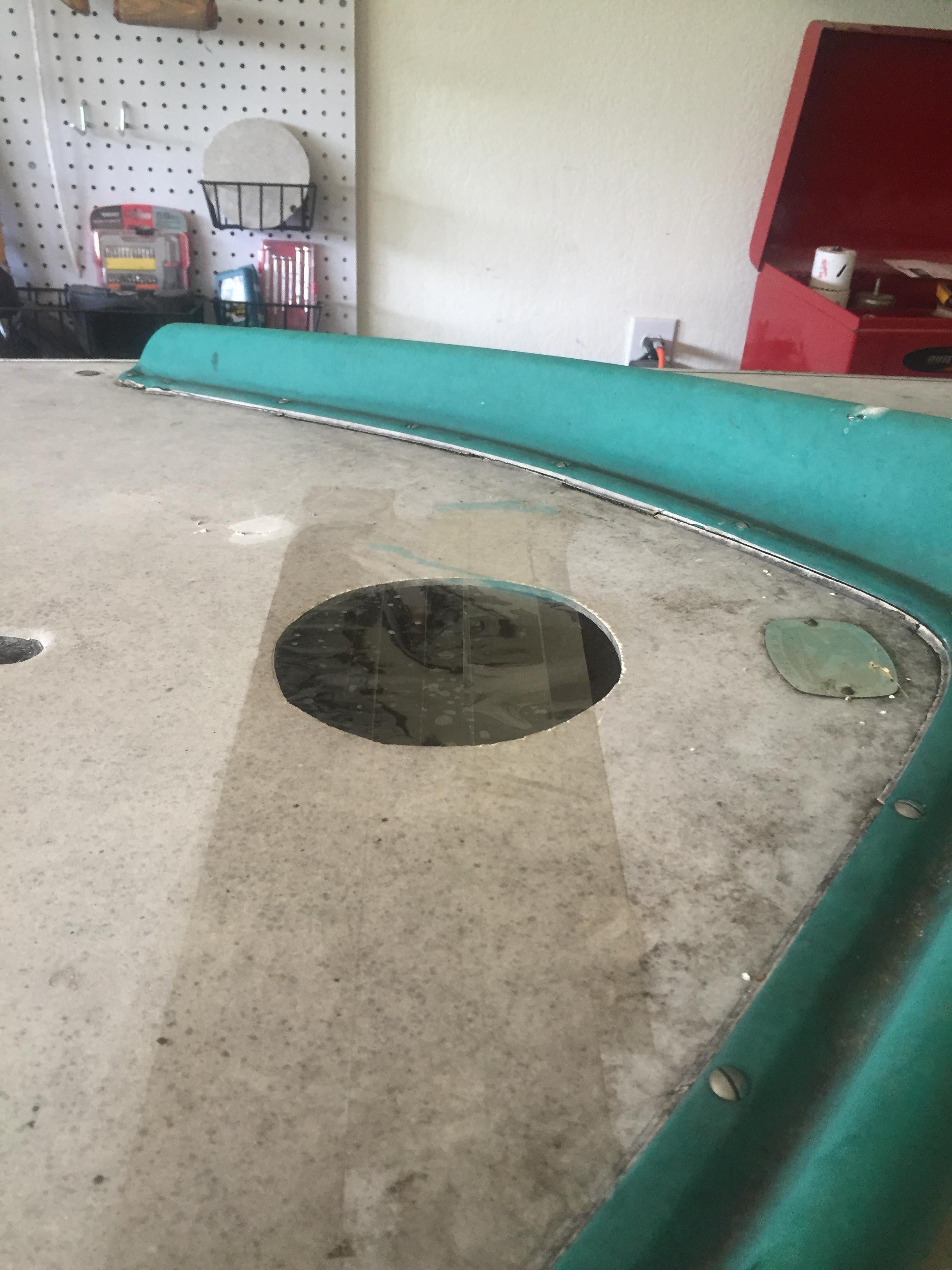Standing it on the stern should be no problem.. put something down to pad it so you don't point load a corner. Like... set it on a pair of the seat cushion tossable life preservers, a discarded couch/chair cushion or even a cheap foam pillow.
Main thing is let the water out as fast as possible. Probably that is setting the boat so the drain plug or one of the inspection holes is the lowest point. Let it drip.
Main thing is let the water out as fast as possible. Probably that is setting the boat so the drain plug or one of the inspection holes is the lowest point. Let it drip.

 As long as the hull can get as much "full sun" as possible, it will be gaining the maximum "solar gain" directly against most of the wet foam. (Well, indirectly
As long as the hull can get as much "full sun" as possible, it will be gaining the maximum "solar gain" directly against most of the wet foam. (Well, indirectly  but you know what I mean).
but you know what I mean). is right!
is right! 
 Even as I sanded, the bottom layer, which I'd intended to leave intact, just fell away, leaving a large hole.
Even as I sanded, the bottom layer, which I'd intended to leave intact, just fell away, leaving a large hole.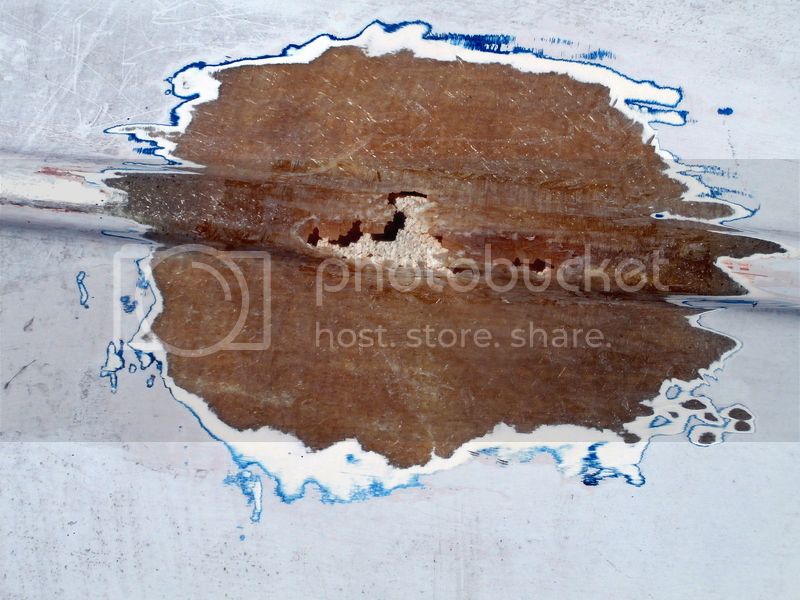
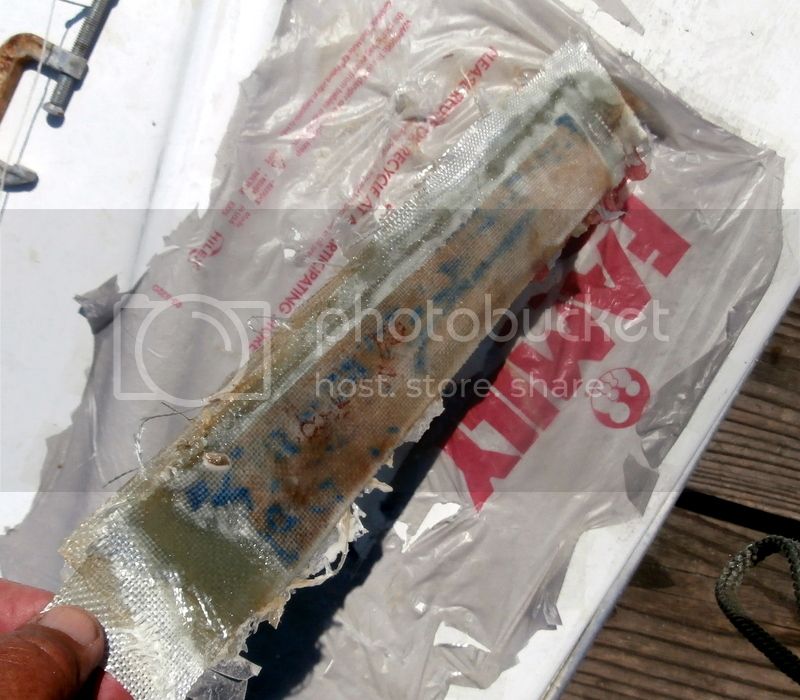

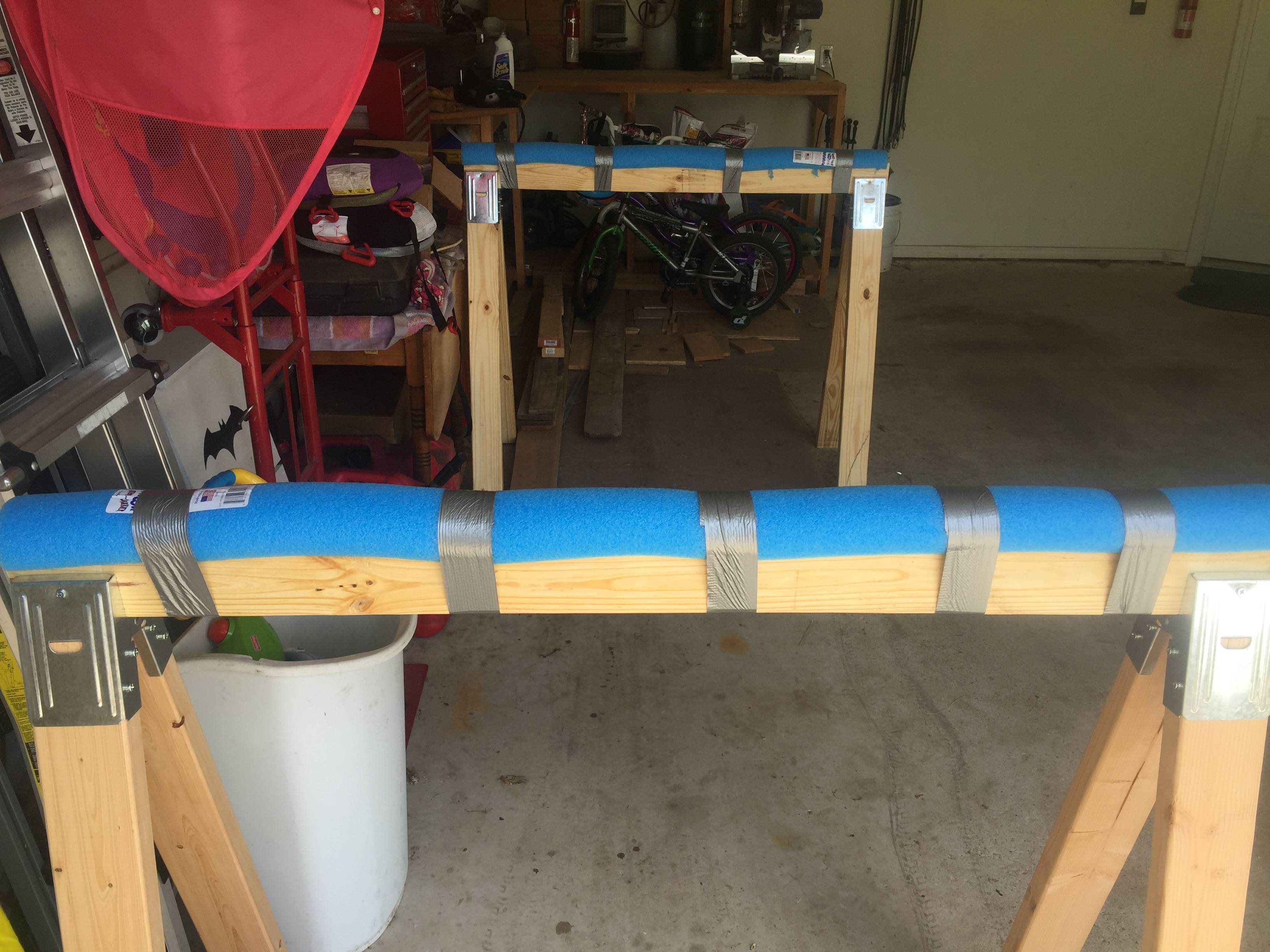
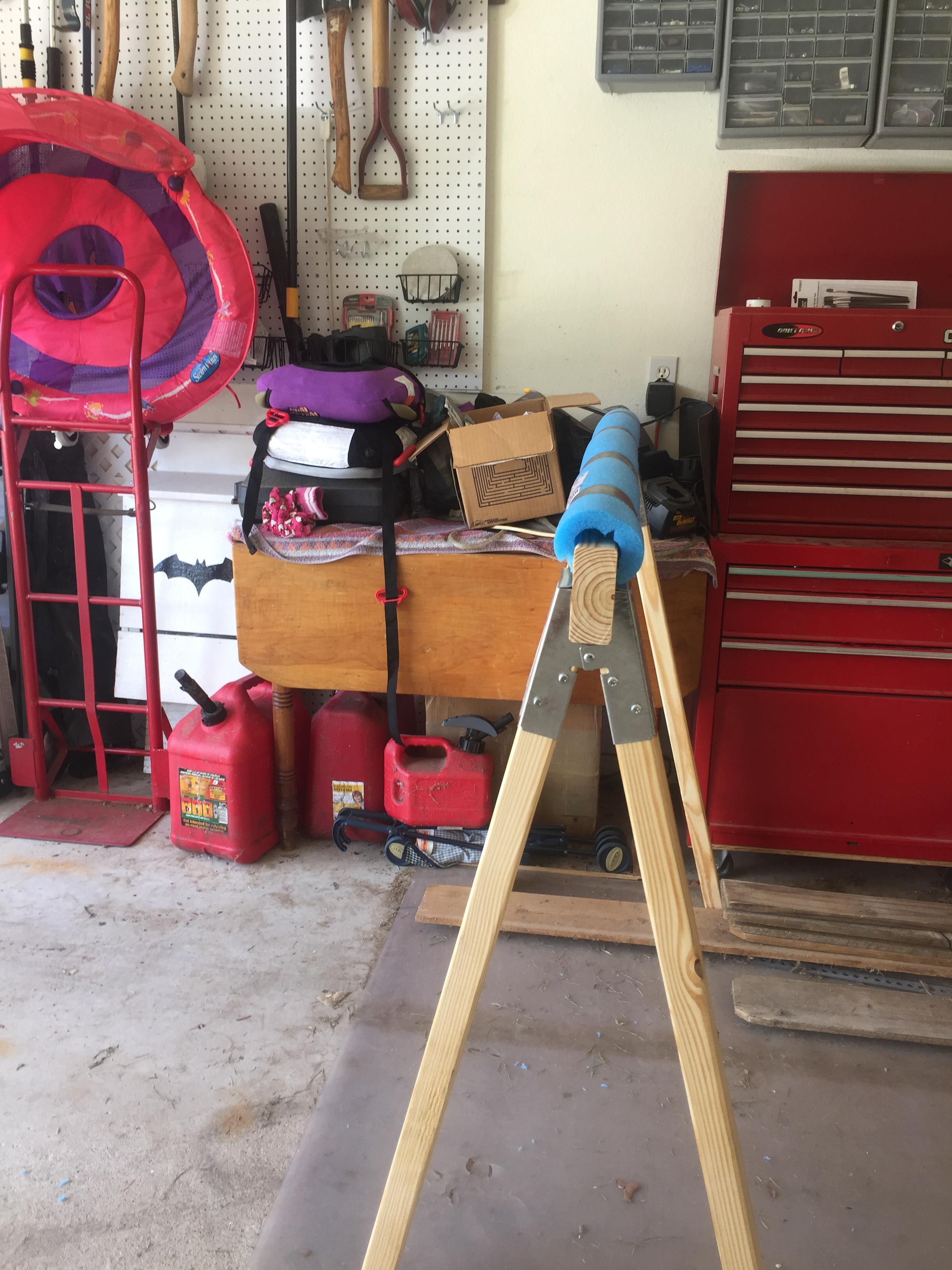
 ). Sharp edges were ground onto the extended fiberglass spring tips. A cut-off wheel was used to make the ridges shown.
). Sharp edges were ground onto the extended fiberglass spring tips. A cut-off wheel was used to make the ridges shown.
